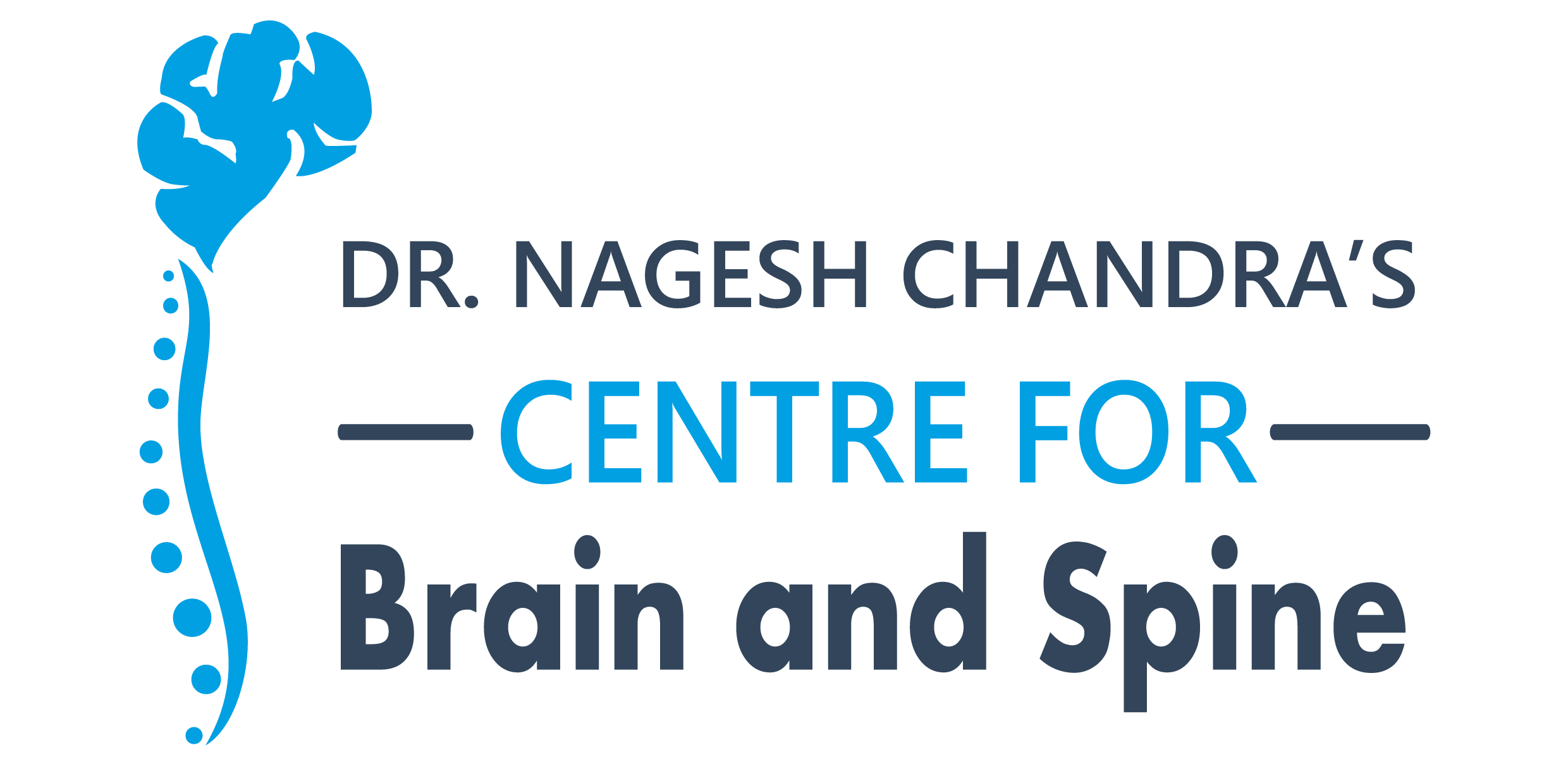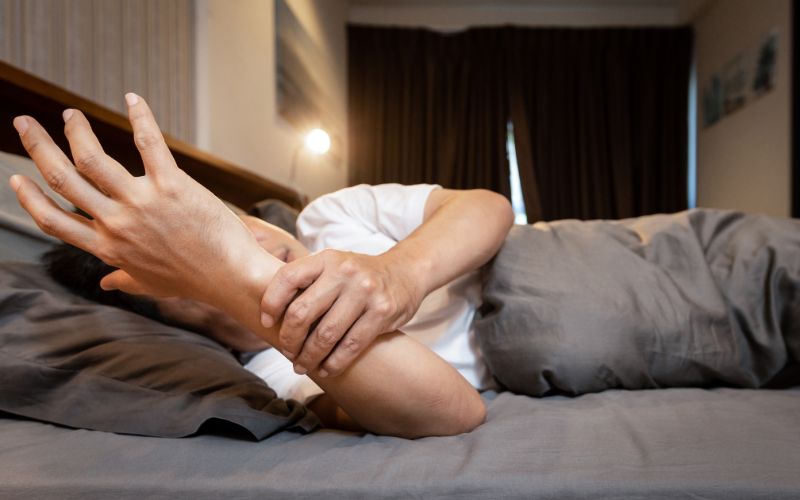Parkinson’s disease is a complex neurodegenerative disease that affects various individuals worldwide. It is identified by motor and non-motor symptoms and poses a challenge for doctors, caregivers and patients. As we all know the brain controls our movements, thoughts, and emotions. However, these activities are interrupted by the strike of Parkinson’s Disease due to which everyday tasks can become challenging.
This guide on Parkinson’s disease aims to educate users on its meaning, symptoms, diagnosis, and more. Top neurosurgeons in Dwarka, Delhi will help patients regain control and live a fulfilling life.
What is Parkinson’s Disease?
Parkinson’s disease (PD) is a brain condition that causes progressive damage to parts of the brain, resulting in problems with movement, mental health, sleep, pain, and other health issues. PD is the fastest-growing neurological condition in the world.
Four key symptoms of Parkinson’s disease:
- Tremors: Shaking or quivering movements that happen without one’s control, usually starting in the hand or arm and are more likely to occur when the limb is relaxed.
- Slowness of movement: Also known as bradykinesia, this is when physical movements are much slower than normal, which can make everyday tasks difficult.
- Muscle stiffness: Also known as rigidity, this is when muscle remains contracted for a long time, which can make it difficult to move around and make facial expressions.
- Impaired balance and coordination: This can sometimes lead to falls.
Causes and risk factors
- Genetics: About 10–20% of Parkinson’s disease cases are linked to genetics, and certain gene variations can increase the risk. However, these changes are uncommon except in rare cases with many family members affected.
- Environmental factors: Exposure to toxins, such as farming chemicals, heavy metals, detergents, solvents, insecticides, organochlorines, and herbicides, may trigger Parkinson’s disease.
- Age: The risk of developing Parkinson’s disease naturally increases with age, and the average age at which it starts is 60 years old.
Risk factors associated with Parkinson’s disease
Genetics: Individuals with a parent or sibling who is affected have approximately two times the chance of developing Parkinson’s.
Gender: Men are more likely to develop Parkinson’s disease than women.
Environmental causes: Some researchers believe that environmental factors may increase a person’s risk of developing Parkinson’s disease, such as exposure to toxins, pesticides, oils, metals, herbicides, or industrial pollution. Some researchers have also noted a possible link between long-term exposure to certain metals and a higher risk of Parkinson’s disease, including mercury, lead, manganese, copper, iron, aluminium, bismuth, thallium, and zinc.
Other risk factors: Dyspepsia, coffee consumption, smoking, and history of depression.
Symptoms and Signs of Parkison’s disease
There are two ways to determine the symptoms of Parkinson’s disease: Motor and Non-motor.
Motor Symptoms
- Tremor
- Bradykinesia
- Rigidity
- Postural instability
- Muscle stiffness
- Impaired balance and coordination
- Gait disturbance
- Impaired handwriting
- Grip force
- Speech deficits
- Falls and dizziness
- Freezing
- Dystonia and muscle cramps
Non-motor symptoms
- Mood swings & depression
- Hallucinations
- Obsessional behaviour, repetitive behaviour, confusion
- Hyposmia or pain
- Rapid eye movement (REM), sleep behaviour disorder, vivid dreaming, insomnia, sleep-disordered breathing
- Orthostatic hypotension, urogenital dysfunction, constipation
- Fatigue
- Low blood pressure
- Bladder and bowel problems
- Sweating problems
- Eating, swallowing and saliva control
- Speech and communication disruption
Diagnosis and Treatment of Parkison’s Disease in Dwarka, Delhi
Parkinson’s disease is diagnosed clinically, meaning no test can provide a conclusive result. Instead, doctors consider symptoms, family history, and other factors. A neurologist, a doctor trained in nervous system conditions will perform a medical history and physical examination. The neurologist will ask the patient to perform tasks to assess:
MRI: Magnetic resonance imaging (MRI) scans can help diagnose Parkinson’s disease (PD) by detecting changes in tissue volume, signal, and iron deposition. These changes can indicate cell loss, microglial proliferation, and astroglial activation.
CT Scan: A CT scan can’t confirm Parkinson’s disease, but it can help doctors rule out other conditions that have similar symptoms. A CT scan looks at the structure of the brain and can check for signs of a stroke or brain tumour. These conditions may cause similar symptoms to Parkinson’s.
Treatment of the Parkison’s Disease in Dwarka, Delhi
According to the sources, Parkinson’s disease can be treated with drugs, physical therapy, occupational therapy, and speech therapy. Drugs can help increase dopamine levels in the brain, while other treatments can help with gait, voice disorders, tremors, rigidity, and mental decline. A well-balanced diet and exercise can also help strengthen muscles and improve balance.
Deep brain stimulation: Deep Brain Stimulation (DBS) is a surgery treatment that involves implanting electrodes directly into certain parts of the brain. These electrodes send electrical impulses that disrupt or change the aberrant activity that is generating symptoms. Unlike other surgical procedures, DBS has the benefit of being reversible and not causing lasting harm to any portion of the brain.
Carbidopa-levodopa: The combination of levodopa and carbidopa is used to treat this disease symptoms that may occur following encephalitis (brain swelling) or nervous system damage caused by carbon monoxide or manganese poisoning. Parkinson’s symptoms, which include tremors (shaking), stiffness, and sluggish movement, are caused by a shortage of dopamine, a naturally occurring neurotransmitter in the brain.
Selective serotonin reuptake inhibitors (SSRIs): They are a common first-line treatment for depression in people with Parkinson’s disease (PD). SSRIs work by increasing serotonin levels in the brain to help reduce depression symptoms. Research suggests that SSRIs can improve motor function and activities of daily living in people with PD. However, SSRIs can cause side effects such as dizziness, headaches, gastrointestinal upset, etc.
Cholinesterase inhibitors (ChIs): They are a class of drugs that may improve cognitive function and reduce the risk of falls in patients with Parkinson’s disease (PD). However, they could also worsen motor features. It is recommended to consult a neurosurgery specialist in Delhi to get the correct medication and treatment.
Melatonin and clonazepam: They are the most common pharmacological agents used to treat rapid eye movement (REM) sleep behaviour disorder (RBD) in Parkinson’s disease (PD). Melatonin is considered the first-line drug for RBD, and clonazepam can significantly improve it. Melatonin has a more favourable side-effect profile, with the most common adverse effects being headache and morning sleepiness, which are less potentially harmful than those associated with clonazepam.
Unfortunately, there is no treatment for Parkinson’s Disease; nevertheless, this does not imply that the patient must live a severely impaired life. It is feasible to treat symptoms and possibly decrease disease development with quick medical intervention and appropriate care. Parkinson’s disease therapy has proven to be beneficial to a large number of people throughout time.
LEVODOPA and CARBIDOPA are the most often used in treatments for Parkinson’s disease. We recommend you visit a neurology specialist in Delhi if you or your loved ones are suffering from Parkison’s disease or have similar signs or symptoms.

